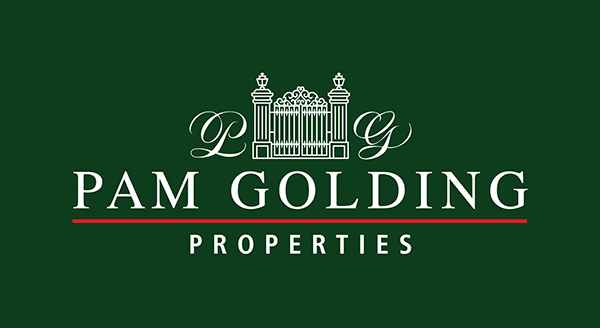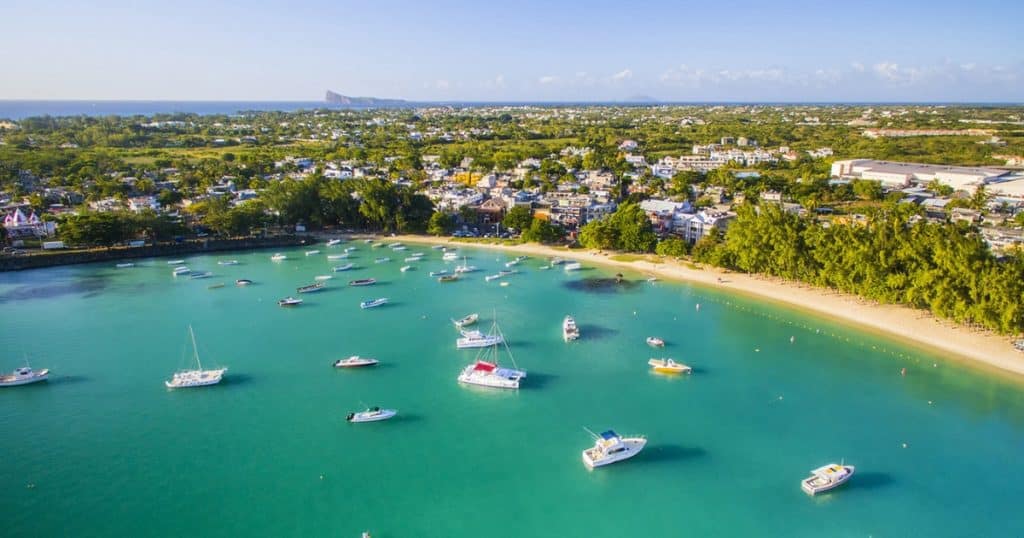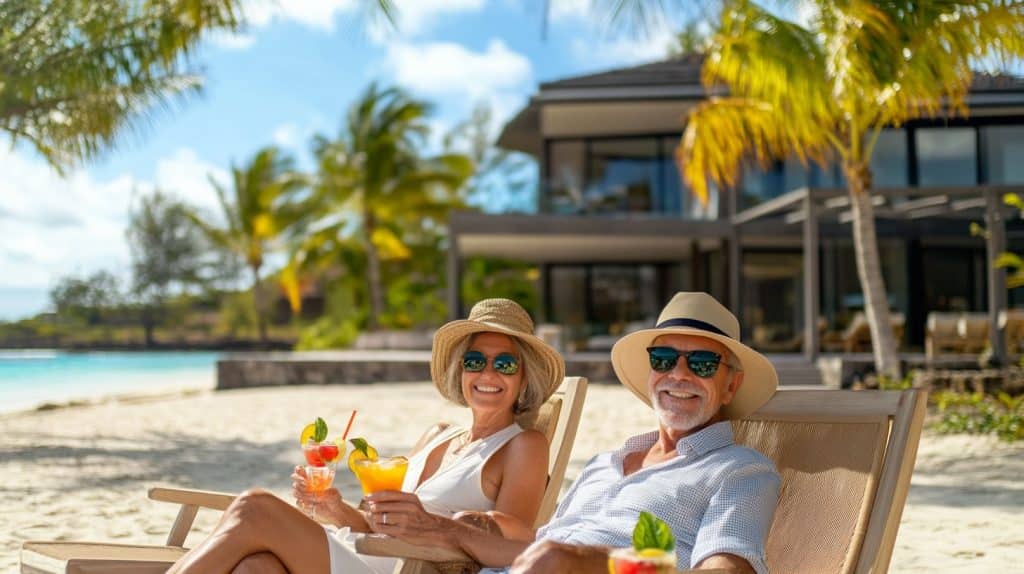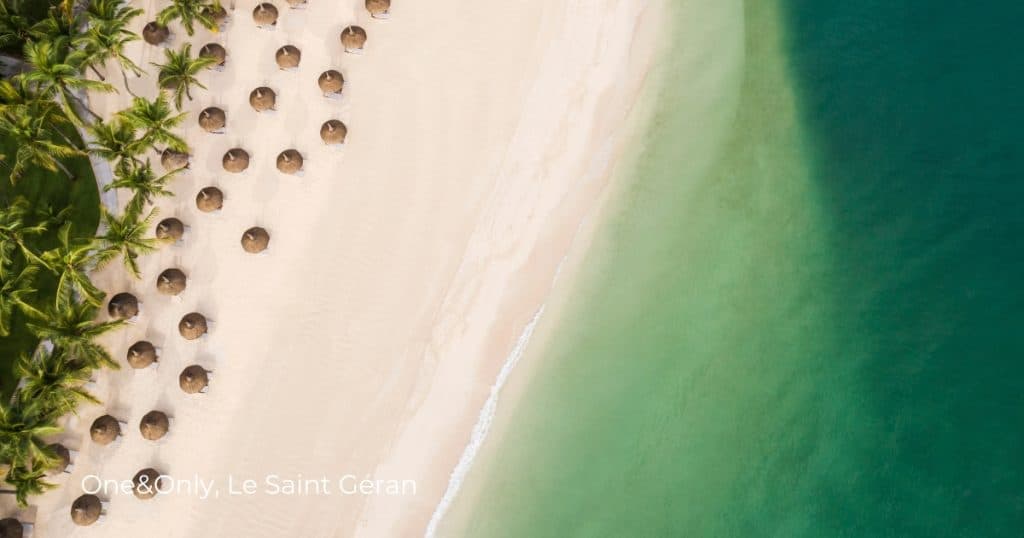Geography of Mauritius
Mauritius is an island located in the Indian Ocean, off the southeast coast of the African continent. It is part of the Mascarene Archipelago, which also includes Réunion Island and Rodrigues Island.
Geographical Characteristics of Mauritius
Size and Relief
Mauritius covers an area of 2,040 km². Although relatively small, measuring 65 km in length and 45 km in width, it offers a wide variety of landscapes, including mountain plateaus, white sandy beaches, waterfalls and lush vegetation. Its formation dates back 7-15 million years, resulting from underwater volcanic eruptions.
Trou aux Cerfs, an ancient volcano 300 meters in diameter and 80 meters deep, is no longer active. Today, it is filled by a small lake surrounded by lush vegetation. Volcanic traces are still visible, especially on some beaches where black rock is predominant. The highest point on the island is Piton de la Rivière Noire, which reaches 828 meters above sea level.
Its location
Global Position
Mauritius, a tropical paradise located on the African continent in the southwest Indian Ocean, north of the Tropic of Capricorn. The island is 855 km west of Madagascar, approximately 2400 km southeast of continental Africa, and 3900 km from India.
Only an 8-hour flight from Australia and a 12-hour flight from China, many Chinese from different regions in the 18th century, as well as immigrant workers, left their cultural mark here. But the Sino-Mauritian culture is gradually disappearing.
Mauritius is part of an island state. Three islands form the Mascarene Archipelago; Réunion Island, a 40-minute flight from Mauritius, is 231 km away.
Rodrigues is a 1h30 flight from Mauritius, about 613 km away. From Europe, it will take more than 11 hours of flight to land at the international airport of the paradise island, Sir Seewoosagur Ramgoolam, located 48 km from Port Louis. As for the Seychelles, it is only a 2h40 flight from Mauritius.
To summarise:
- 855 km west of Madagascar
- About 2,400 km southeast of continental Africa
- 3,900 km from India
- 8 hours flight from Australia
- 12 hours flight from China
Sino-Mauritian culture, a legacy of 18th century Chinese immigrants, is increasingly rare but still leaves traces in local culture.
Relations with Neighbouring Islands
Mauritius is one of the three main islands of the Mascarene archipelago:
- Reunion Island is a 40-minute flight away and 231 km away.
- Rodrigues is a 1 hour 30 minute flight , approximately 613 km from Mauritius.
- Seychelles is a 2 hour 40 minute flight away.
Map of Mauritius
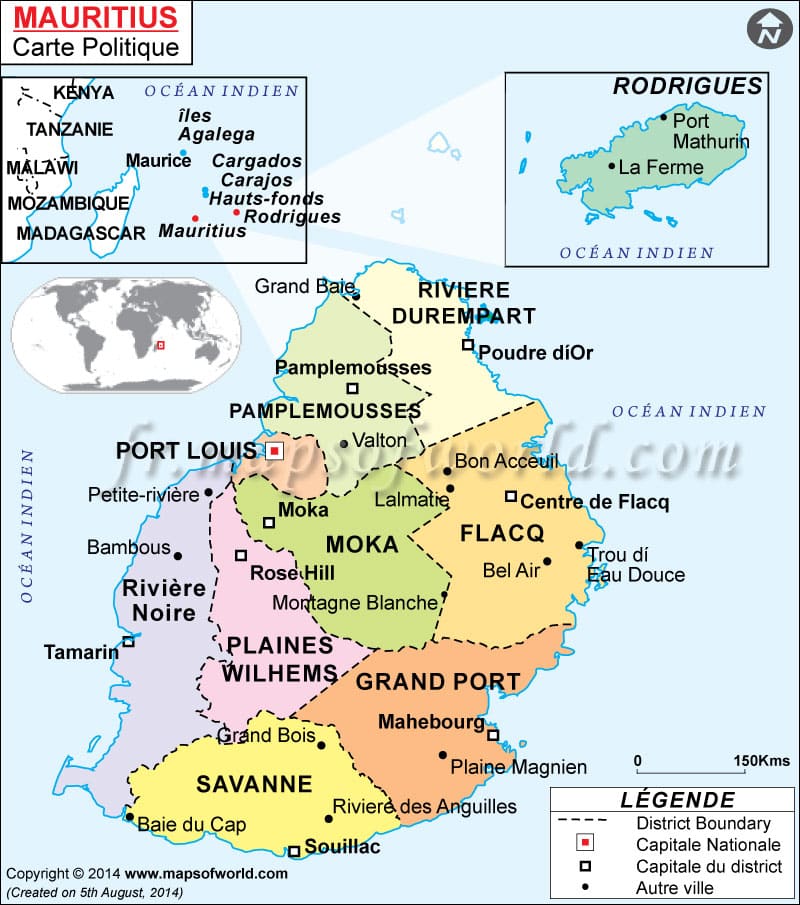
District distribution
The island is divided into nine districts, each with its own characteristics and attractions. The enchanting island is bordered by coastlines. Nine districts share the island, from north to south and from west to east. Among the nine regions, you have undoubtedly heard of some major cities that are part of them. Some more famous than others thanks to their beautiful beaches with black rocks, some with even finer and whiter sands and others with turquoise water and paradisiacal beaches and their famous surf spots. Knowing their names will facilitate your research in order to know in which locality will be your future Hotel, or accommodation. The weather can also be different depending on whether you are on the warm and mild coast or inland with a more humid climate.
Here is an overview of the main districts:
- Rivière du Rempart: Known for its magnificent beaches, including Grand Gaube, renowned for its jackfruit wood pirogue constructions, and Grande Baie, a tourist beach with fine sand.
- Flacq: Located in the east, this district also offers beautiful beaches and is renowned for the trade winds that bring a refreshing breeze.
- Grand Port: In the far southeast, this district is home to the picturesque village of Mahébourg, rich in history.
- Black River: To the southwest, this district is dominated by the majestic Morne Brabant mountain, offering varied activities and spectacular views.
- Savannah: In the south of the island, this district is known for its diverse landscapes.
- Moka: Centrally located, it is renowned for its natural attractions and panoramic views.
- Pamplemousse: In the northwest, it is famous for its botanical gardens.
- Plaines Wilhems: This central district is home to the historic village of Curepipe, known for its Creole heritage.
- Port Louis: The capital of the island, which gave its name to the district and is the economic and administrative centre of Mauritius.
Climate and Activities of Mauritius
The climate varies by region: the coasts enjoy a mild and warm climate, while the interior is more humid. Depending on your choice of location, you can explore white-sand beaches, enjoy water sports, or discover authentic villages. The seasons are the opposite of those in Europe, with hot summers and mild winters.
Have a nice trip to Mauritius!

Born in Mauritius, I have a Bachelor of Arts in Mass Communication. I have nearly 12 years’ experience in marketing, public relations and communications. Passionate about meeting people, creativity and business growth, I am results-oriented. My goal is to guide communication to touch the hearts and minds of customers. My motto is: “Treat others as I would like to be treated.”

